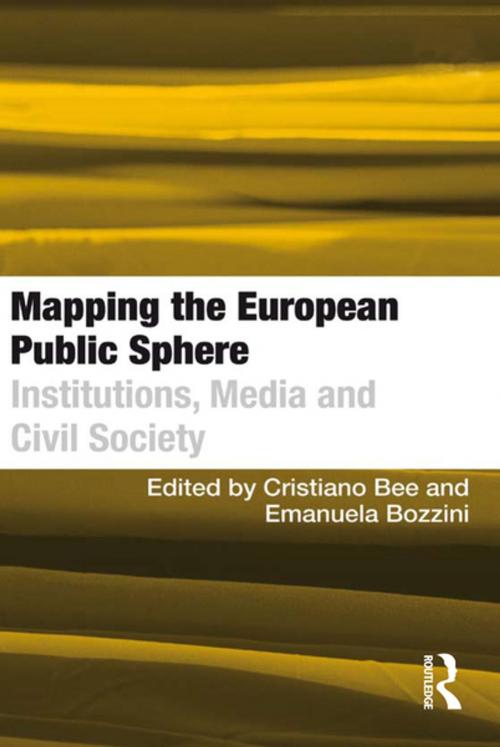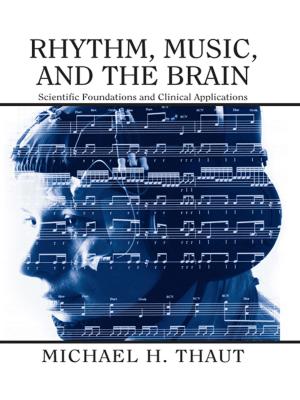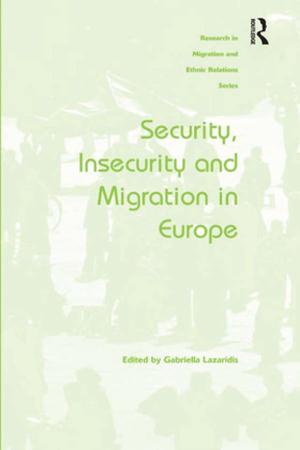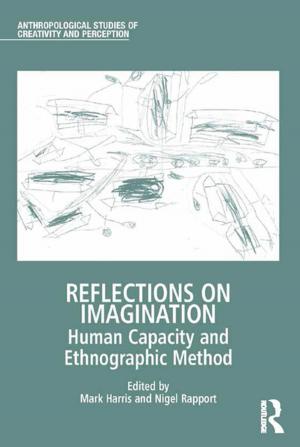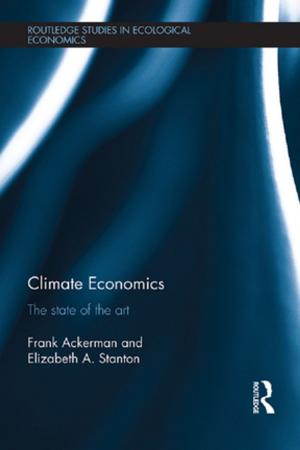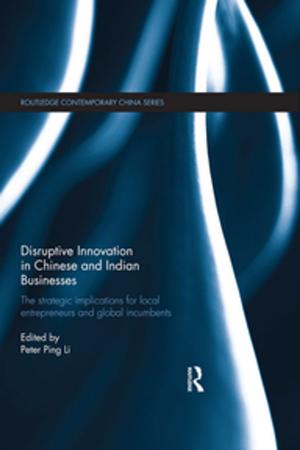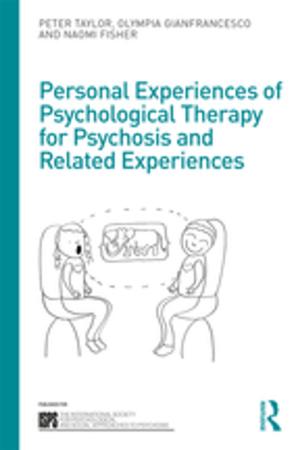Mapping the European Public Sphere
Institutions, Media and Civil Society
Nonfiction, Social & Cultural Studies, Political Science| Author: | Emanuela Bozzini | ISBN: | 9781317100775 |
| Publisher: | Taylor and Francis | Publication: | May 13, 2016 |
| Imprint: | Routledge | Language: | English |
| Author: | Emanuela Bozzini |
| ISBN: | 9781317100775 |
| Publisher: | Taylor and Francis |
| Publication: | May 13, 2016 |
| Imprint: | Routledge |
| Language: | English |
Mapping the European Public Sphere combines theoretical and empirical perspectives to address three relevant issues that are marking the European communicative landscape: the role of media and journalism in shaping the European debate, the function of public communication in promoting institutional activities, and the implications of processes of inclusion to and exclusion from the public sphere. The volume offers a timely reflection on the communicative arenas that are structuring the discourse on Europe and its future and provides a map of existing communicative spaces to provide a better understanding of the development of a European Public Sphere and to identify critical issues. Situated in a timely debate and providing well-grounded empirical evidence, the book will be particularly valuable to social scientists researching European integration issues. At the same time, the book is relevant to those actors who are studied in the research, in particular European institutions, media groups and NGOs.
Mapping the European Public Sphere combines theoretical and empirical perspectives to address three relevant issues that are marking the European communicative landscape: the role of media and journalism in shaping the European debate, the function of public communication in promoting institutional activities, and the implications of processes of inclusion to and exclusion from the public sphere. The volume offers a timely reflection on the communicative arenas that are structuring the discourse on Europe and its future and provides a map of existing communicative spaces to provide a better understanding of the development of a European Public Sphere and to identify critical issues. Situated in a timely debate and providing well-grounded empirical evidence, the book will be particularly valuable to social scientists researching European integration issues. At the same time, the book is relevant to those actors who are studied in the research, in particular European institutions, media groups and NGOs.
